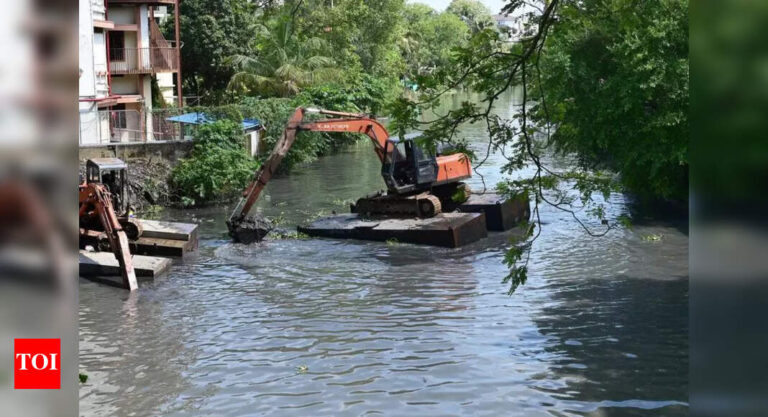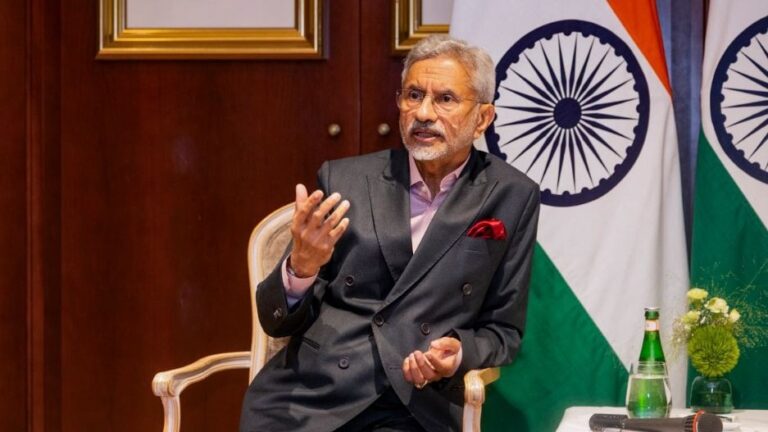Survivors of India’s Aviation Disasters Share Their Harrowing Tales of Escape and Lasting Scars
Survivors Share their Harrowing Accounts of Plane Crashes in India
In the realm of commercial aviation, the statistics often paint a reassuring picture: flying is safer than ever. Yet, for some individuals, their experiences tell a different story. Survivors of aviation disasters in Bengaluru, Mangaluru, and Kozhikode have emerged to share their gripping narratives, emphasizing how the scars—both physical and emotional—linger long after the incidents.
Echoes of Past Crashes
Flight AI171’s recent crash in Ahmedabad has once again heightened concerns about aviation safety in India. Among the survivors is Vishwakumar Ramesh, who found himself in seat 11A during the harrowing June 12 incident. Mirroring the experiences of those who survived the infamous Mangaluru plane crash in 2010, Ramesh’s escape offers chilling insights into the mindset of individuals who have faced the unthinkable.
On May 22, 2010, Air India Express Flight IX 812 took off from Dubai, headed for Mangaluru. Upon its arrival, the aircraft overshot the table-top runway and hurtled down a steep hill. Unfortunately, the crash claimed the lives of 158 of the 166 people onboard, yet a small group, including Joel Prathap D’Souza, managed to escape shortly before flames engulfed the wreckage.
The Personal Accounts of Survival
The emotional impact of surviving such disasters is profound and long-lasting. For D’Souza, who was only 24 at the time, the memory of his near-death experience remains vivid. “After the plane crashed into the forest, a small crack opened in the body of the aircraft. I pulled it open with my hands and jumped through it. Five others followed me,” he recounted, recalling the urgency of the moment and the instinct for survival that kicked in.
Similarly, Vishwakumar Ramesh’s experience was nothing short of terrifying. On that day in June, Ramesh had to muster every ounce of courage to navigate through smoke and chaos to safety. "You don’t think of the consequences in that moment; you just want to get out," he recounts, highlighting the primal fear that drives individuals to act when facing imminent danger.
Lasting Effects: Physical and Emotional Scars
Survivors frequently describe a complex mixture of gratitude and trauma. While they express relief at having escaped with their lives, the psychological scars often manifest in “survivor’s guilt” and post-traumatic stress disorder (PTSD).
Data reveals that survivors of aviation disasters may experience the following:
- Anxiety Disorders: Many individuals develop severe anxiety around flying, which may persist even years after the incident.
- Flashbacks and Nightmares: Previous trauma frequently disrupts survivors’ sleep and daily life.
- Social Withdrawal: Some survivors find it hard to reconnect with friends and family, retreating from social circles due to feelings of isolation or misunderstanding.
The emotional toll can be compounded when discussing these experiences with those who haven’t faced similar traumas, making the survivors feel even more isolated.
Support for Survivors: Finding Communities
In recent years, support networks have emerged specifically for survivors of aviation disasters. These organizations provide safe spaces for individuals to share their stories and connect with others who understand the unique challenges they face. They aim to assist in:
- Therapy and Counseling: Mental health professionals trained to assist trauma survivors guide individuals through healing.
- Peer Support Groups: Survivors have the chance to connect with others who have endured similar experiences, reducing feelings of loneliness.
- Awareness Campaigns: Sharing stories to raise awareness about the psychological impacts of such disasters, helping society to better understand and support those affected.
Conclusion: Remembering and Healing
As conversations around aviation safety continue, it is crucial to remember the human stories behind the statistics. Survivors like Joel Prathap D’Souza and Vishwakumar Ramesh remind us that every statistic represents a life, with unique stories of survival and resilience woven into the fabric of their experiences. The scars they carry serve not only as a tribute to their bravery but as a call to acknowledge and address the emotional impact of aviation disasters.
Moving forward, it’s essential to foster understanding and support for those still grappling with the aftermath, and to ensure that the improvements in aviation safety continue to minimize such tragedies. In the end, every survival story also carries a heavy weight of affliction, but together, fostering conversations and creating supportive spaces can help pave the road toward recovery and healing for all those affected.





